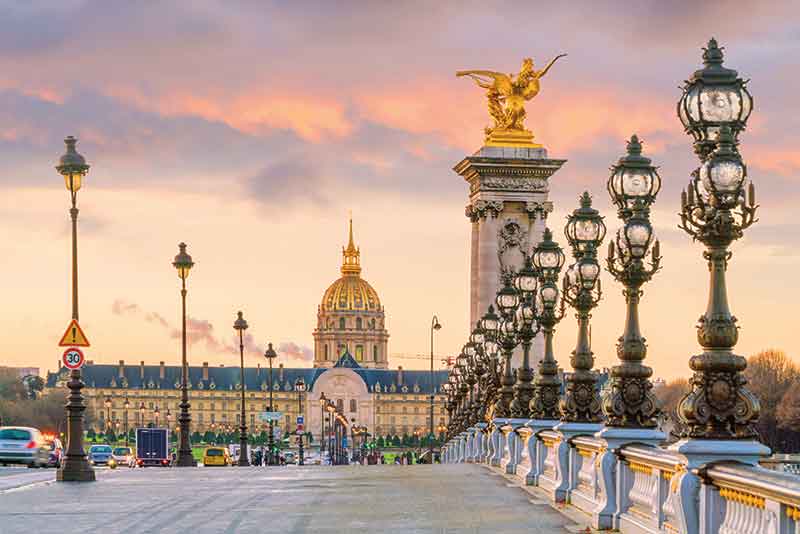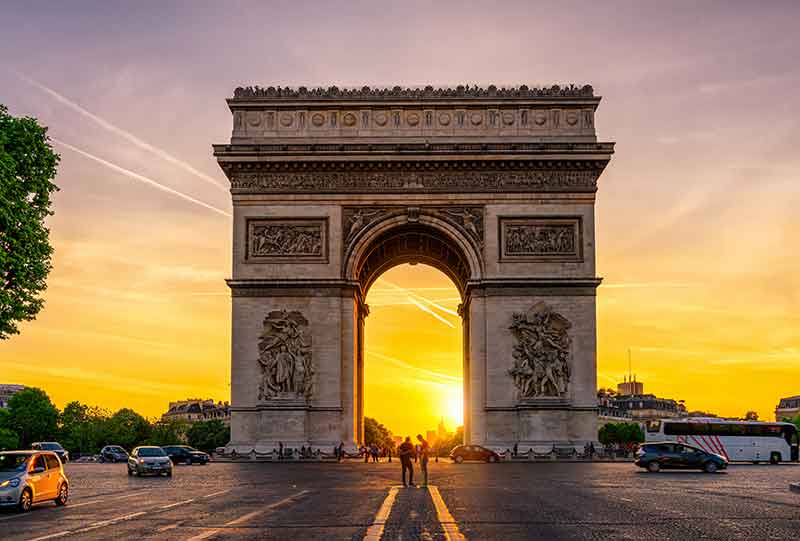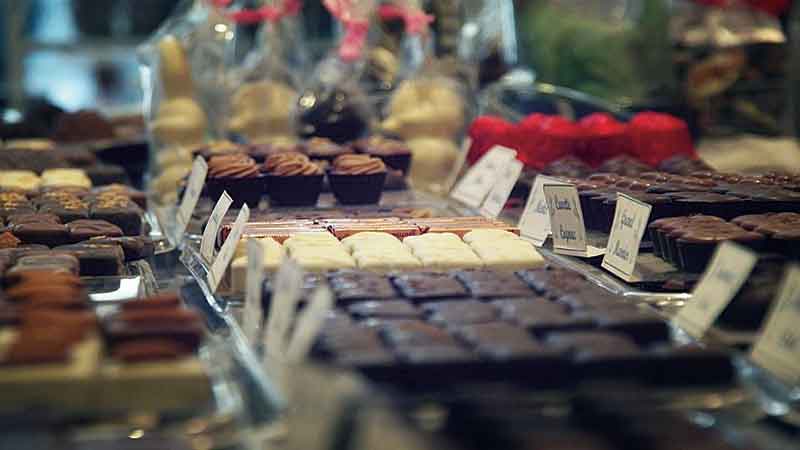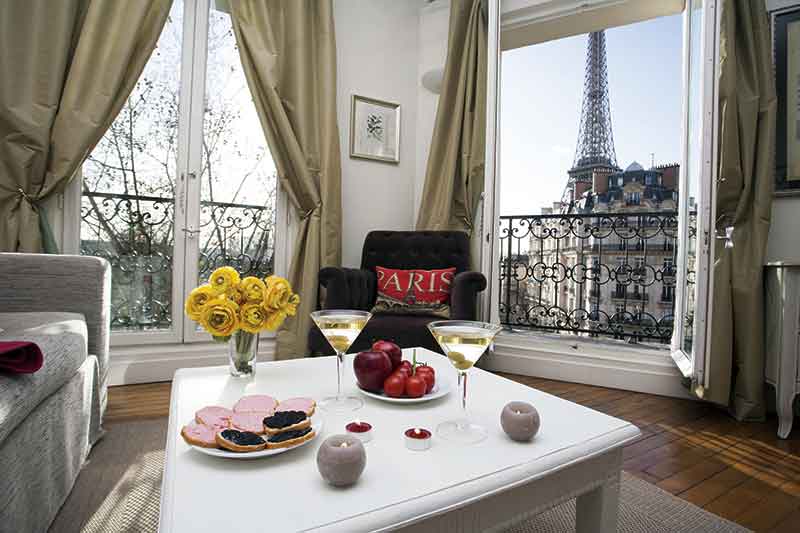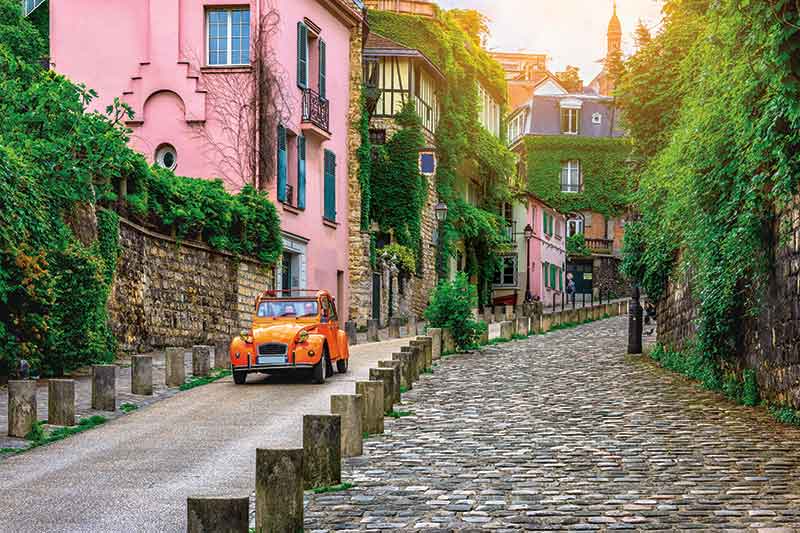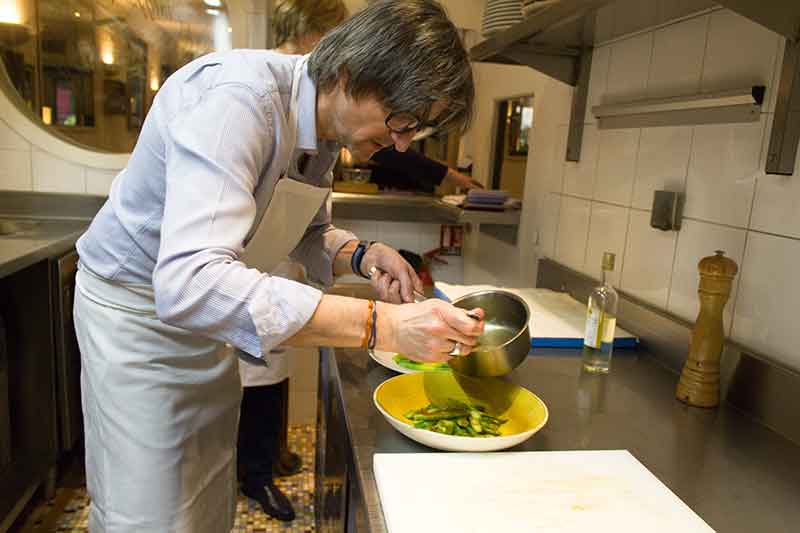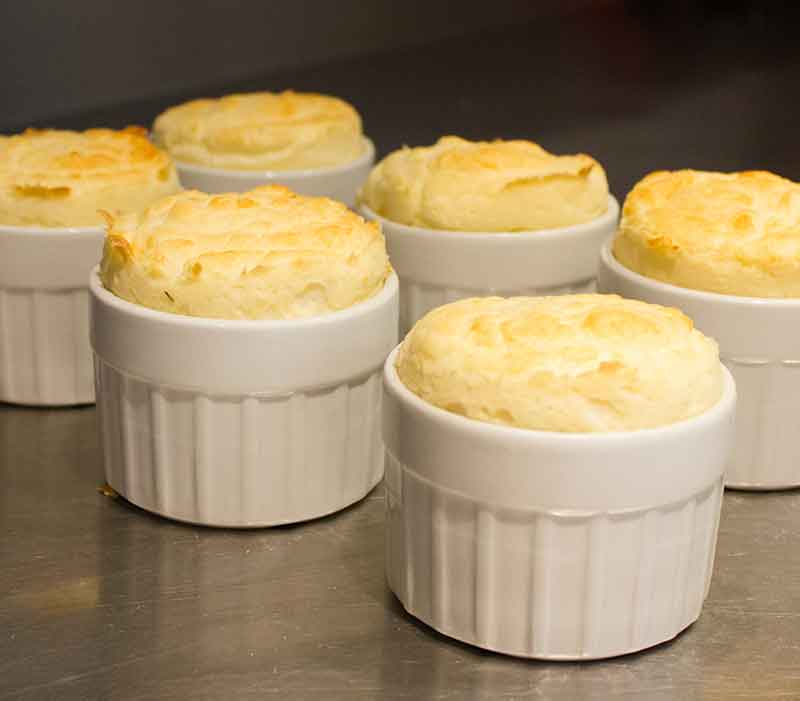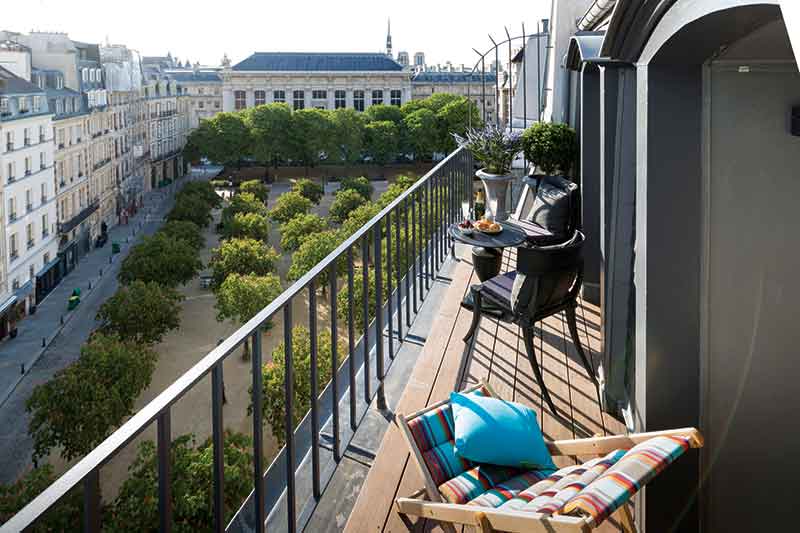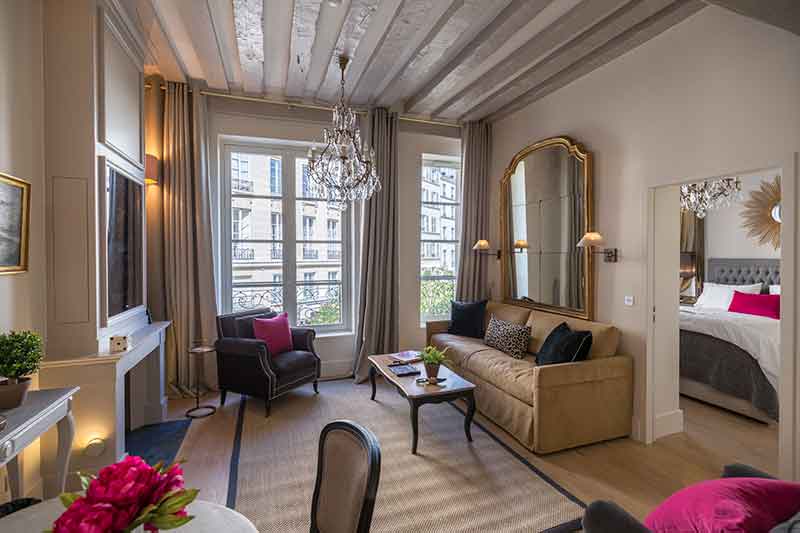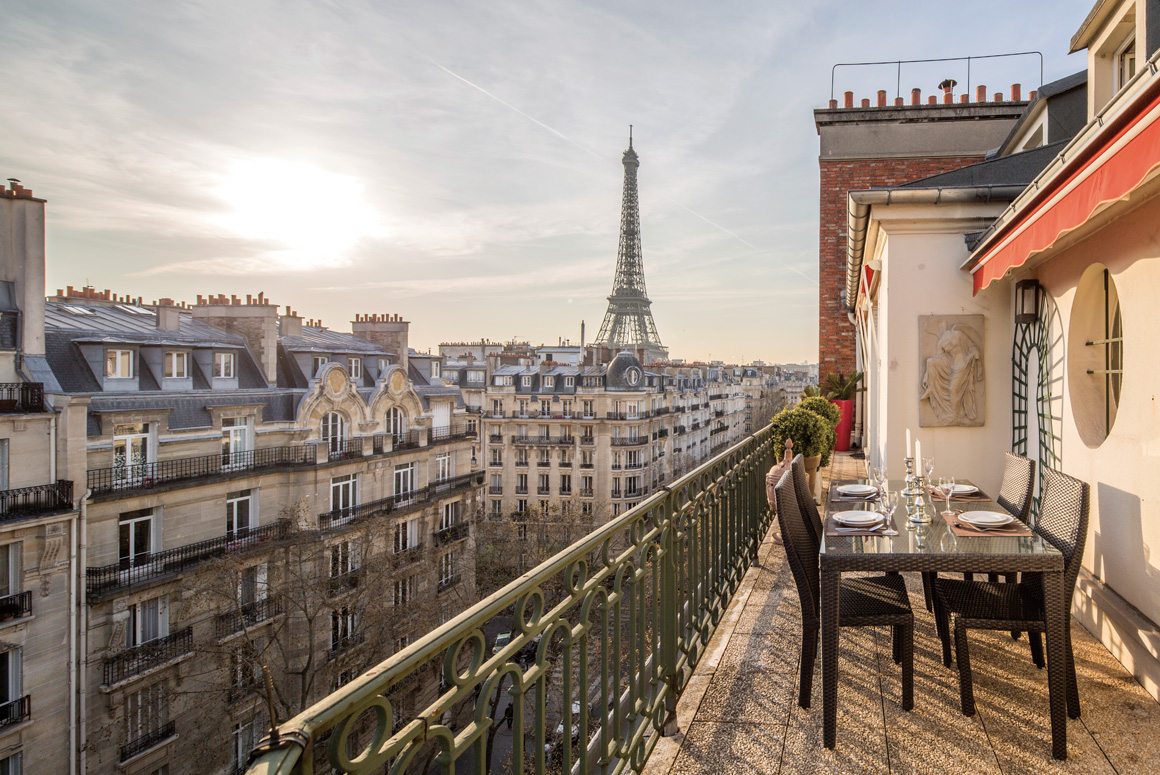
Before opening his own restaurant, Chef Philippe Excoffier served as private chef to clients such as fashion designer Yves Saint Laurent and the U.S. Ambassador to France. (Ask him about being the chef in residence at the embassy and he might regale you with tales of preparing American standards like Cajun food and barbecue for official fêtes.) Today you can have a meal in his elegant 7th arrondissement restaurant. Or, you can see him in action during one of his private, intimate soufflé cooking classes. He’s known for the classic French dish and his method never fails. As he leads the group through each step, he explains that soufflés are a host’s dream since they can actually be prepared up to 24 hours in advance, with the sauce made that morning. His savory soufflés are made using a traditional béchamel sauce, with the main ingredients of Parmesan cheese, egg yolks and whisked egg whites to make it rise. Instead of the usual route of baking them in the oven, Chef Excoffier uses the bain-marie method, which is cooking them in a water bath on low heat for 15 minutes in the oven. Then, they’re topped with a creamy sauce of cream, salt and pepper, and Parmesan. Chef Excoffier explains that soufflés are surprisingly versatile—you can add seasonal ingredients like mushrooms or asparagus with truffle oil to mix it up. And with a few tweaks, essentially the same recipe can be used to make a dessert soufflé—replace the salt with sugar and the béchamel with crème patissiere, and add in praline, fruit compotes or liqueurs to create a variety of flavors. Our class made cheese soufflé, then a raspberry for dessert, both as light and fluffy as clouds.
While meal time is a sacred thing in France, they don’t quite celebrate the first one of the day as much as Americans do. But at 25 Place Dauphine, the breakfast of champions is a fresh baguette delivered to your door every morning. Built in 1610 under the order of King Henri IV, the building is centrally located in the heart of Paris on the Ile de la Cité, the island Paris was founded on. Housing six chic apartments, it’s run by Paris Perfect, a luxury vacation rental agency founded by American expat sisters. The apartment balconies overlook one of the most beautiful—and private—squares in Paris (Midnight in Paris was filmed here), with views of the towers of Notre Dame and the spire of Sainte Chapelle. The building was recently renovated, with the façade painstakingly restored to its exact 1610 design, a well to the Seine on the ground floor covered up, and the giant mother beam that floated down the Seine from northern France in 1607 left untouched. Each apartment is named after a French wine or region and the bright, airy spaces are stylishly decorated in a classic French aesthetic with a modern twist, with antiques, paintings and décor sourced from the famous flea markets of Paris.
Paris Perfect also offers vacation planning services, and with the abundance of choices, help narrowing them down is a good idea. They have an exclusive on the Philippe Excoffier soufflé class and arranged a Sweet Side Food Tour with a local tour company. No sweet tooth will be left unsatisfied as you sample bites along the way on at least eight stops for two hours. Another perk of this decadent day is all that sugar is sure to ease any jet lag.
Tours might include a stop at Maison Georges Larnicol, who hails from Brittany, like many other chocolate makers, since the northwestern region of France is famous for its butter. Larnicol has earned a coveted Un des Meilleurs Ouvriers de France—known as an MOF—the prestigious title awarded to those in France who are outstanding in their trade, which can be anything professionally done with your hands, from fashion to hair styling to florists to bakers. The contest is organized by the French Ministry of Labor; the French have a long history of food contests, dating back to the 1600s. Contestants are judged on elements such as the quality of their raw materials, decoration, presentation and an essay. The store is a feast for all the senses, but don’t miss a traditional pastry from Brittany, the Kouignette. While it might seem like a simple pastry of butter and sugar, its flavor is complex. Try the classic of butter and sugar, or caramel, strawberry, apple, plum or raisin.
Another stop might be at Patrick Roger, whose boutique could practically double as a nightclub—the sleek black space features brightly colored confections that contrast with the décor. The chocolate maker also nabbed an MOF and moonlights as a sculptor, which explains his delightful large-scale chocolate sculptures that often have a political theme. One of the few who works completely from bean to bar, he travels the world to find the best beans and many of his ingredients come from his properties. He’s known for unexpected flavors and combinations, like Sichuan berry ganache. Another staple is Un Dimanche a Paris, a chocolaterie in the heart of the Left Bank on a charming old passage, famous for its delectable cream puffs and eclairs. As you sip on a hot chocolate, you can watch them at work in their glass-enclosed kitchen. Or for a scrumptious blast from the past, visit Meert. Hailing from Lille, a region in the north of France that used to be part of Belgium, they have the oldest known waffle recipe, which they’ve been using since 1761. Fun fact: waffles were essentially the fast food of the middle ages. The simple mix of flour, water and butter could be poured into a double-sided cast iron griddle and cooked directly in the fire, making it one of the speediest meals of the day—no kneading dough or anything like that required. The poor ate the thickest waffles while the rich ate the thinnest since they could afford more eggs and sugar. But at Meert you’ll eat like royalty: the delicate waffles have a filling of Madagascan vanilla and butter.
For more hands-on time in the kitchen, book a private cooking class (Paris Perfect can do the heavy lifting here) with Charlotte Puckette in her home. The co-author of The Ethnic Paris Cookbook is an American transplant who earned her chops at culinary school in France and has been cooking here ever since. As part of the class, she’ll take students along to buy ingredients on Rue Cler, one of the best market streets in Paris, home to patisseries, butchers, delicatessens, cheese specialists, fishmongers and greengrocers. As you peruse the markets and cook in her kitchen, she’ll wax poetic on the best places to buy spices (a shop called Izraël in the Marais district, FYI, which has practically every spice in the world) to where to buy the best table linens to the best ramen to the secrets of French butter.
On that last one, it’s because French butter has a higher percentage of fat.
The best part of your lesson? Eating your just-cooked meal. While you can only smuggle so much wine and cheese into your suitcase, the skills and memories you gain while learning in France will last forever.


